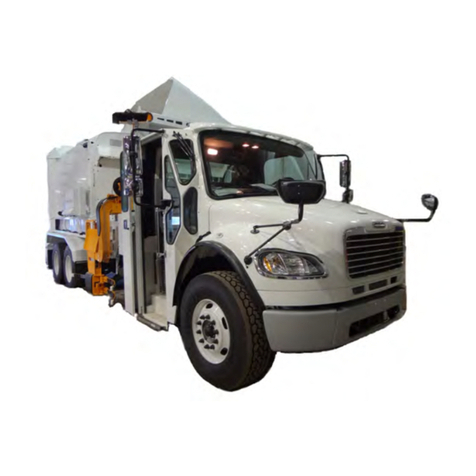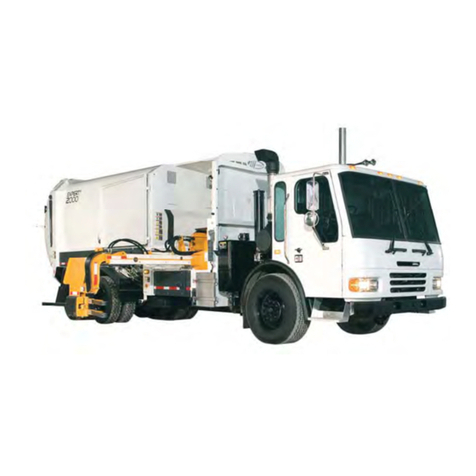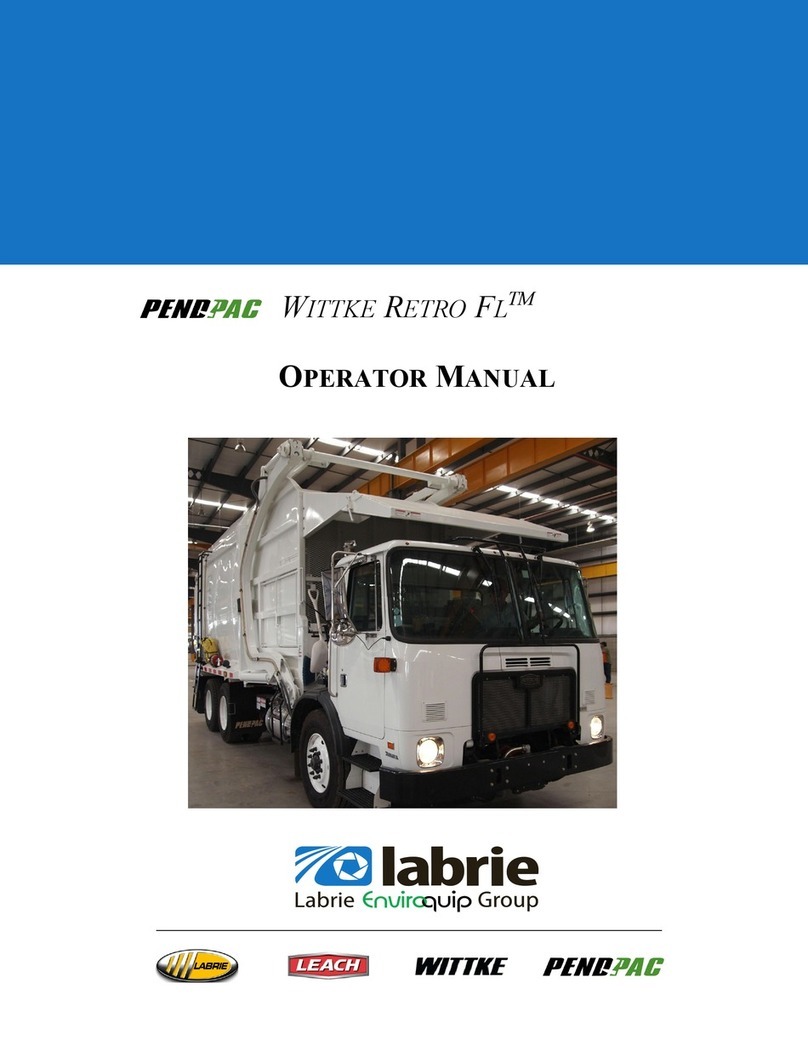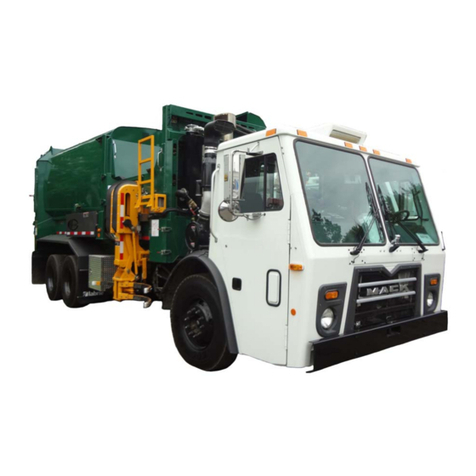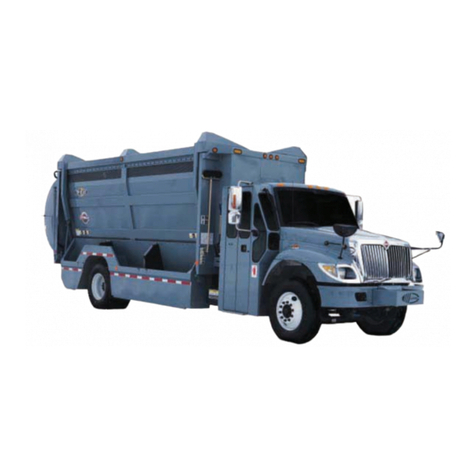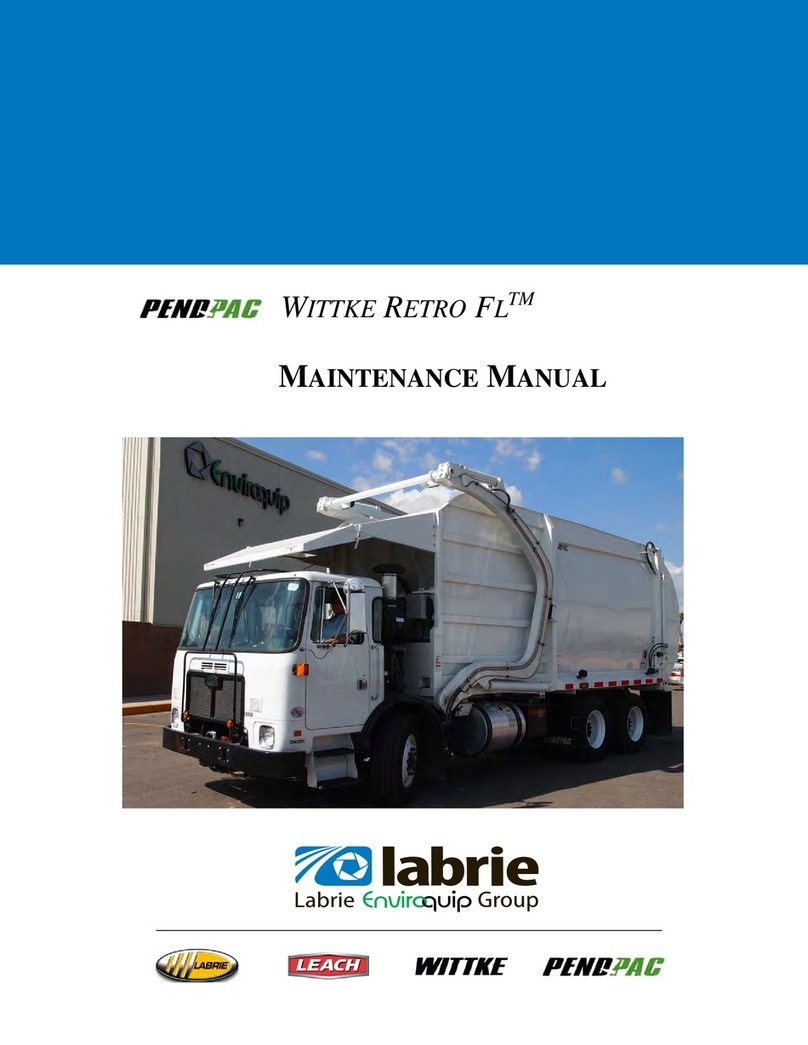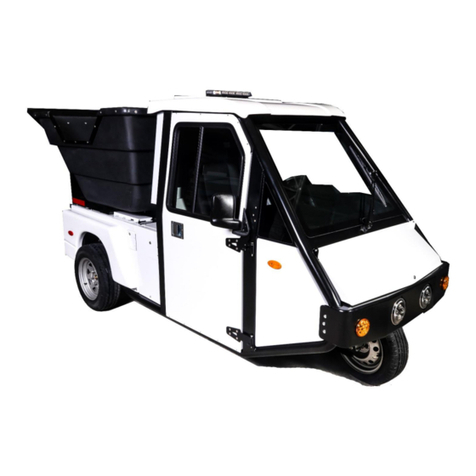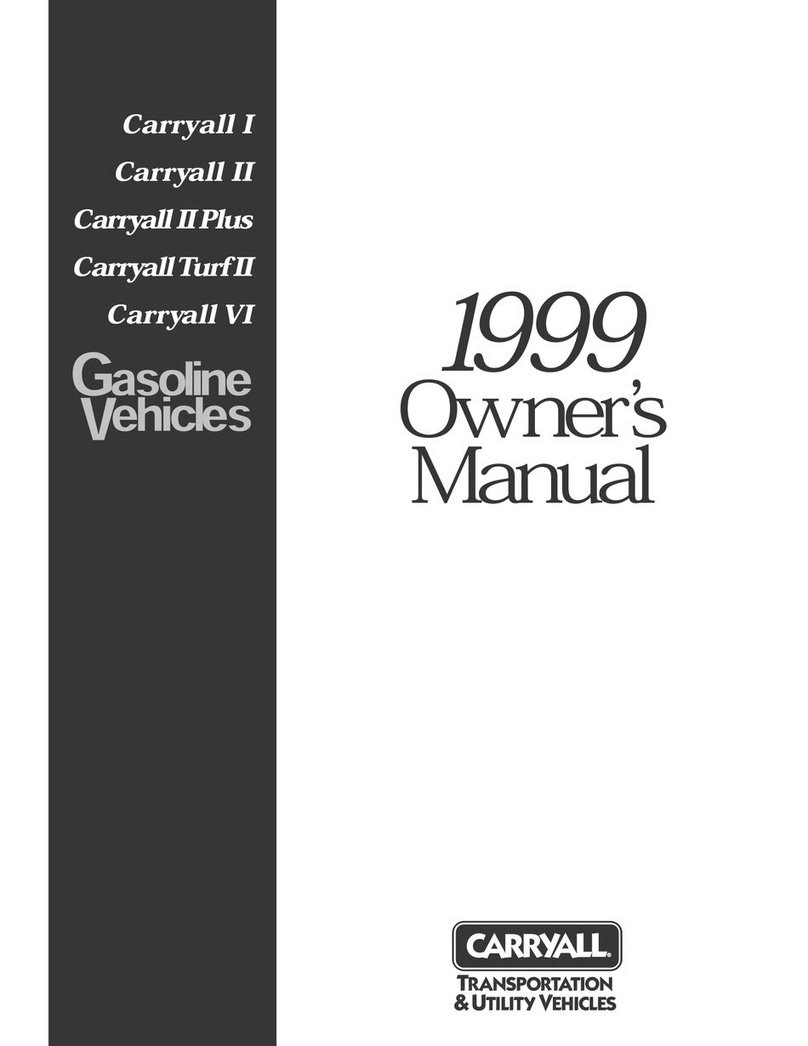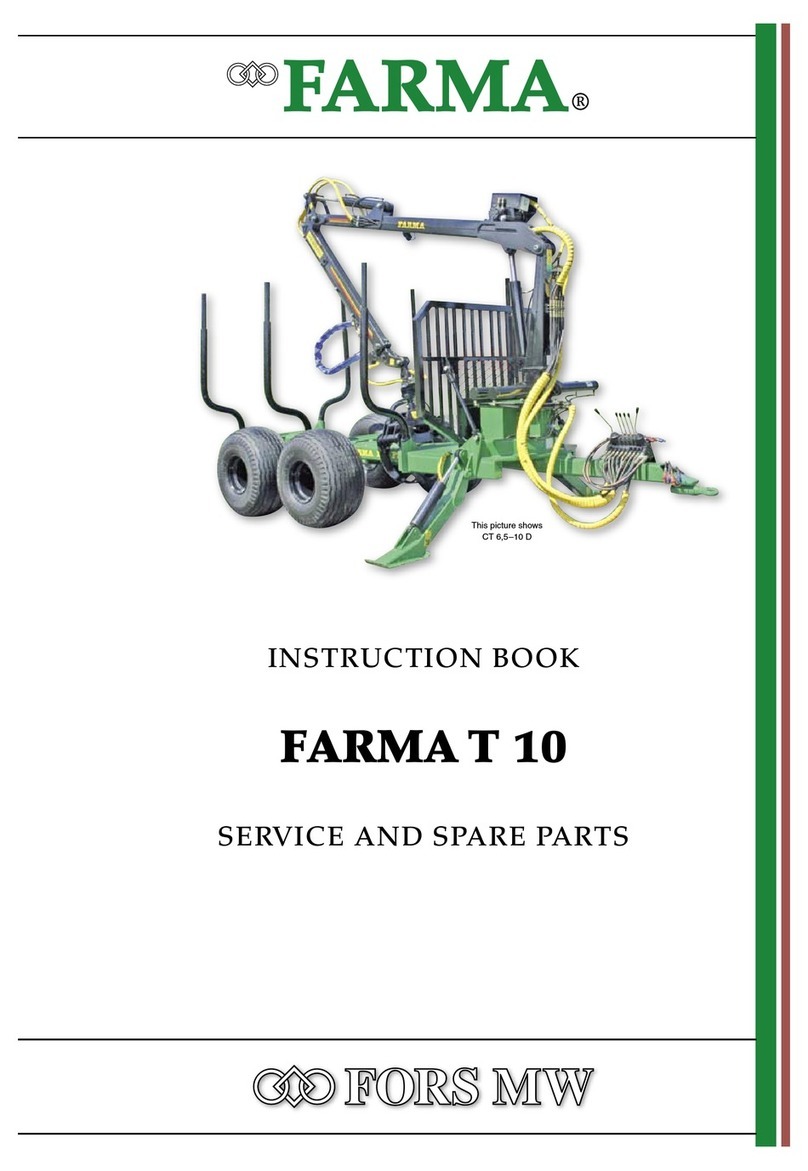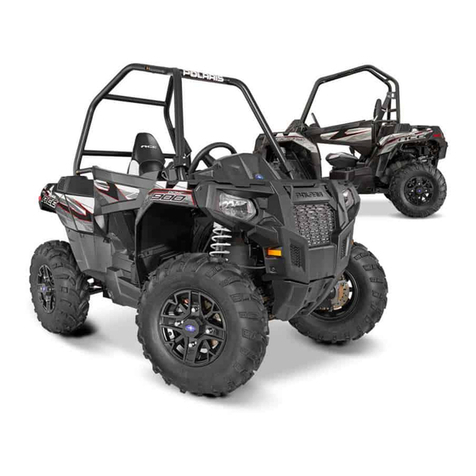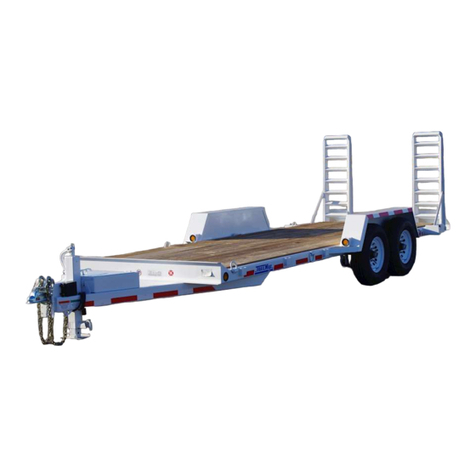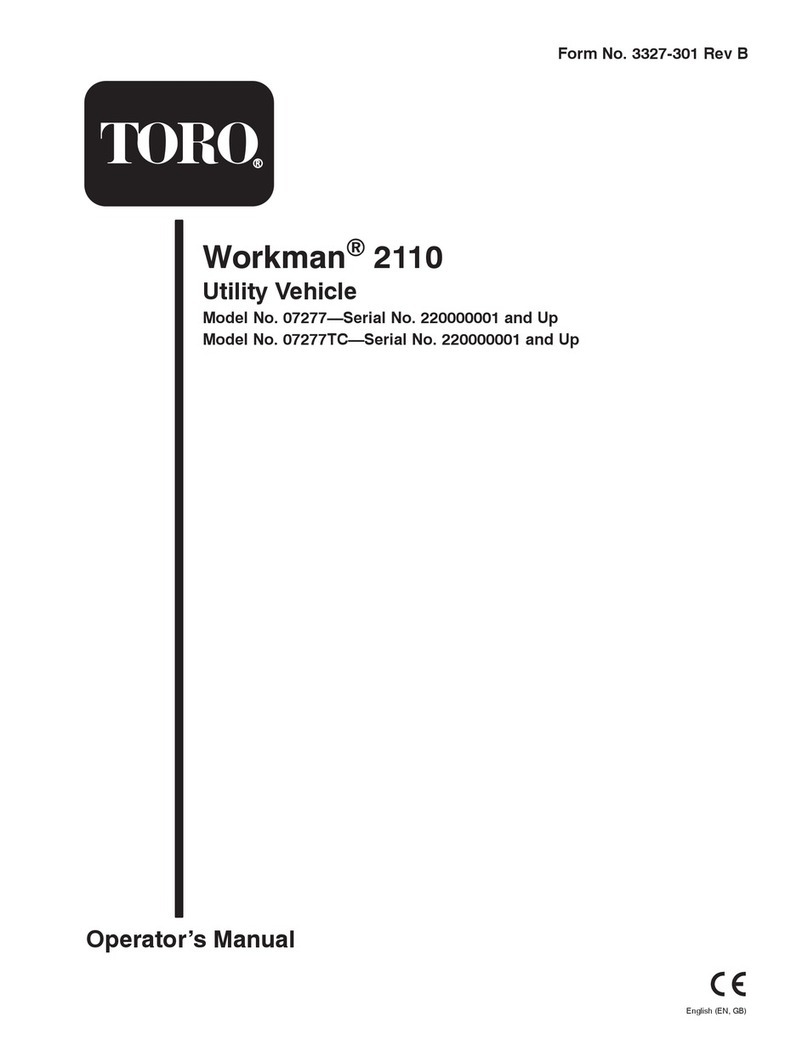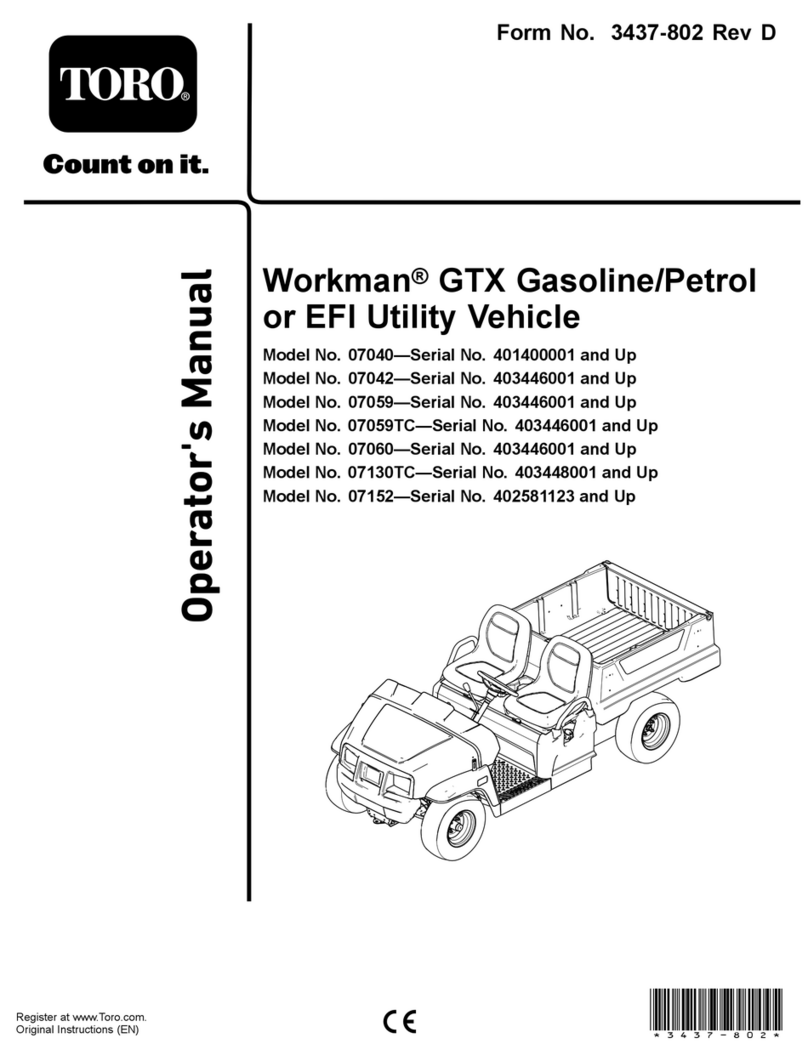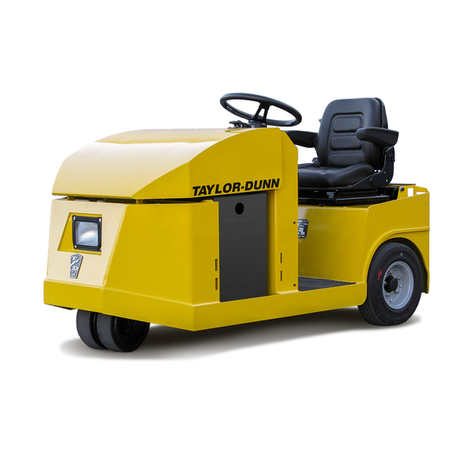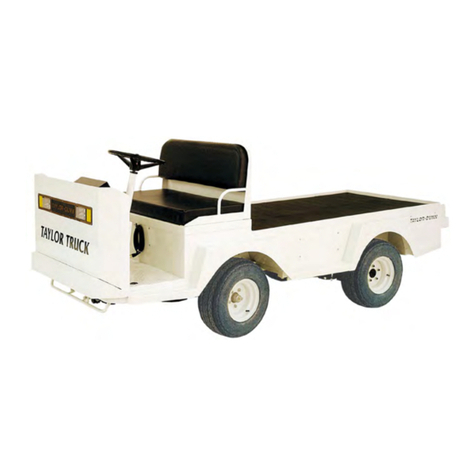
Part #: 90320 iii
Table of Contents
Introduction
Introducing the OptimizerTM .................................................................. 1
Product Overview ...................................................................... 1
Contacting Labrie Environmental Group .............................................. 3
Plant information ....................................................................... 3
Labrie Customer Support Center .............................................. 3
Chapter 1 Safety
Safety Conventions ................................................................................. 5
Responsibilities of the Employer ............................................... 5
Responsibilities of the Employee .............................................. 6
Lockout/Tagout ....................................................................................... 6
Protection Against Fire ........................................................................... 7
Location of Safety Labels ....................................................................... 8
Chapter 2 Controls on the OptimizerTM
Parking Brake .......................................................................................... 9
Pump Switch ............................................................................................ 9
Joystick .................................................................................................. 10
Packer Controls ..................................................................................... 11
Red Button .............................................................................. 11
Green Button ........................................................................... 12
Yellow Button .......................................................................... 13
Hopper Roof Gate Switch ....................................................... 13
